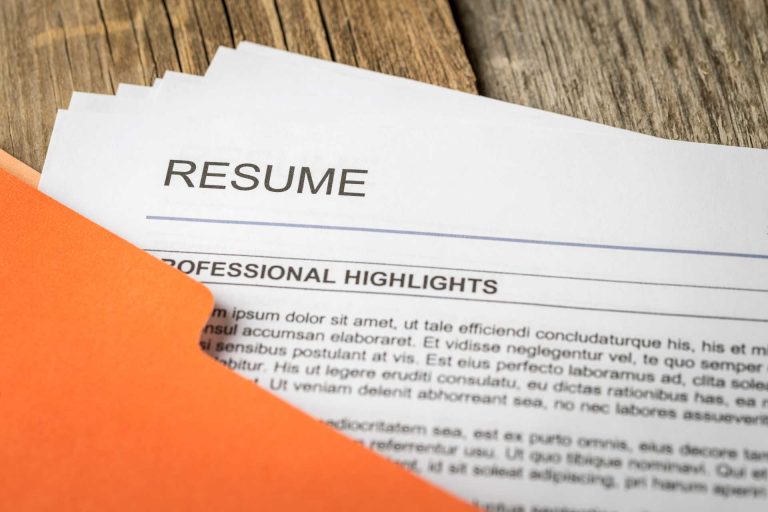Best Practices for Updating Your Resume By Rafiah Shaikh
- By Rafiah Shaikh

Writing a resume is often a daunting task, and it can be especially overwhelming when you’re looking to get hired quickly. A well-written and organized resume can make all the difference in getting noticed by a potential employer and landing an interview. Here are some best practices for updating your resume to increase your chances of getting hired quickly:
Keep it concise: Your resume should be no more than one or two pages long. This means you need to be selective about what you include. Focus on the most relevant and recent experiences and skills, and leave out anything that isn’t directly relevant to the job you’re applying for.
Use a clear and easy-to-read format: Choose a simple, clean font and use bullet points to list your experiences and skills. Avoid using dense blocks of text, as they can be difficult to read and may cause potential employers to lose interest.
Customize your resume for each job: Tailor your resume to each specific job you’re applying for. This means highlighting the skills and experiences that are most relevant to the job requirements. Use keywords from the job posting in your resume to show that you’re a good fit for the role.
Include a summary statement: A summary statement is a brief overview of your skills and experiences that goes at the top of your resume. It should be no more than a few sentences long and should highlight your most relevant qualifications.
Use action verbs: Use strong, active verbs to describe your experiences and skills. Examples include “developed,” “implemented,” “managed,” and “increased.” This helps to make your resume more dynamic and engaging.
Include specific accomplishments: Instead of just listing your responsibilities, include specific accomplishments and results that demonstrate the value you brought to your previous roles. For example, instead of saying “managed a team,” you could say “led a team of 10 employees to meet monthly sales goals.”
Proofread: Make sure to thoroughly proofread your resume for spelling and grammar errors. A single mistake can make you seem careless and unprofessional. Consider having someone else review your resume for mistakes as well.
Keep it up-to-date: Make sure to regularly update your resume with your latest experiences and skills. This is especially important if you’ve had a recent job change or have taken on new responsibilities.
Use a professional email address: Your email address is often the first thing a potential employer sees on your resume, so make sure it’s professional. Avoid using silly or unprofessional email addresses, such as “cutiepie@gmail.com” or “partyanimal@yahoo.com.” Instead, use a simple and straightforward email address that includes your name.
Include a cover letter: A cover letter is a short letter that accompanies your resume and explains why you’re the best candidate for the job. It’s an opportunity to highlight your relevant skills and experiences and show your enthusiasm for the role. Make sure to customize your cover letter for each job you apply for and avoid using a generic template.
By following these best practices, you can create a resume that will help you stand out from the competition and increase your chances of getting hired quickly. Remember to be selective about what you include, use a clear and easy-to-read format, customize your resume for each job, and include specific accomplishments. Make sure to proofread your resume and use a professional email address, and consider including a cover letter to give yourself an extra edge. With a well-written and organized resume, you’ll be well on your way to landing your dream job.



